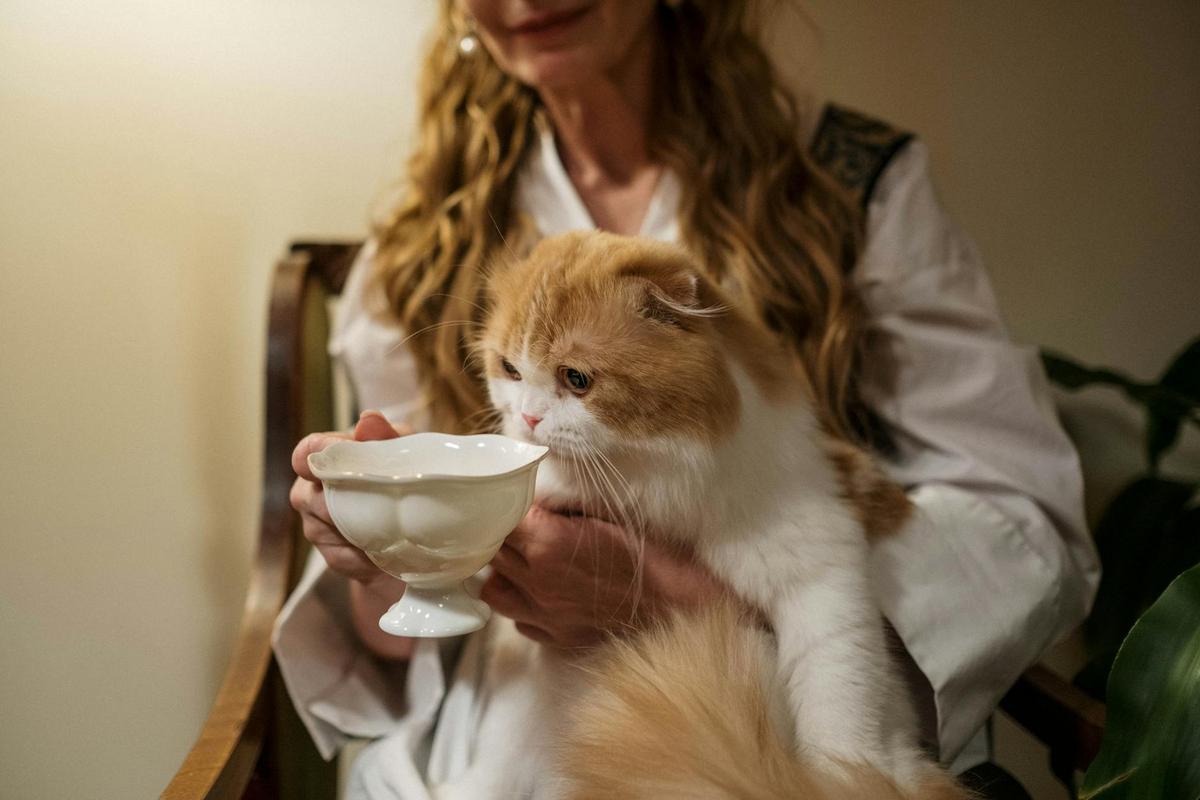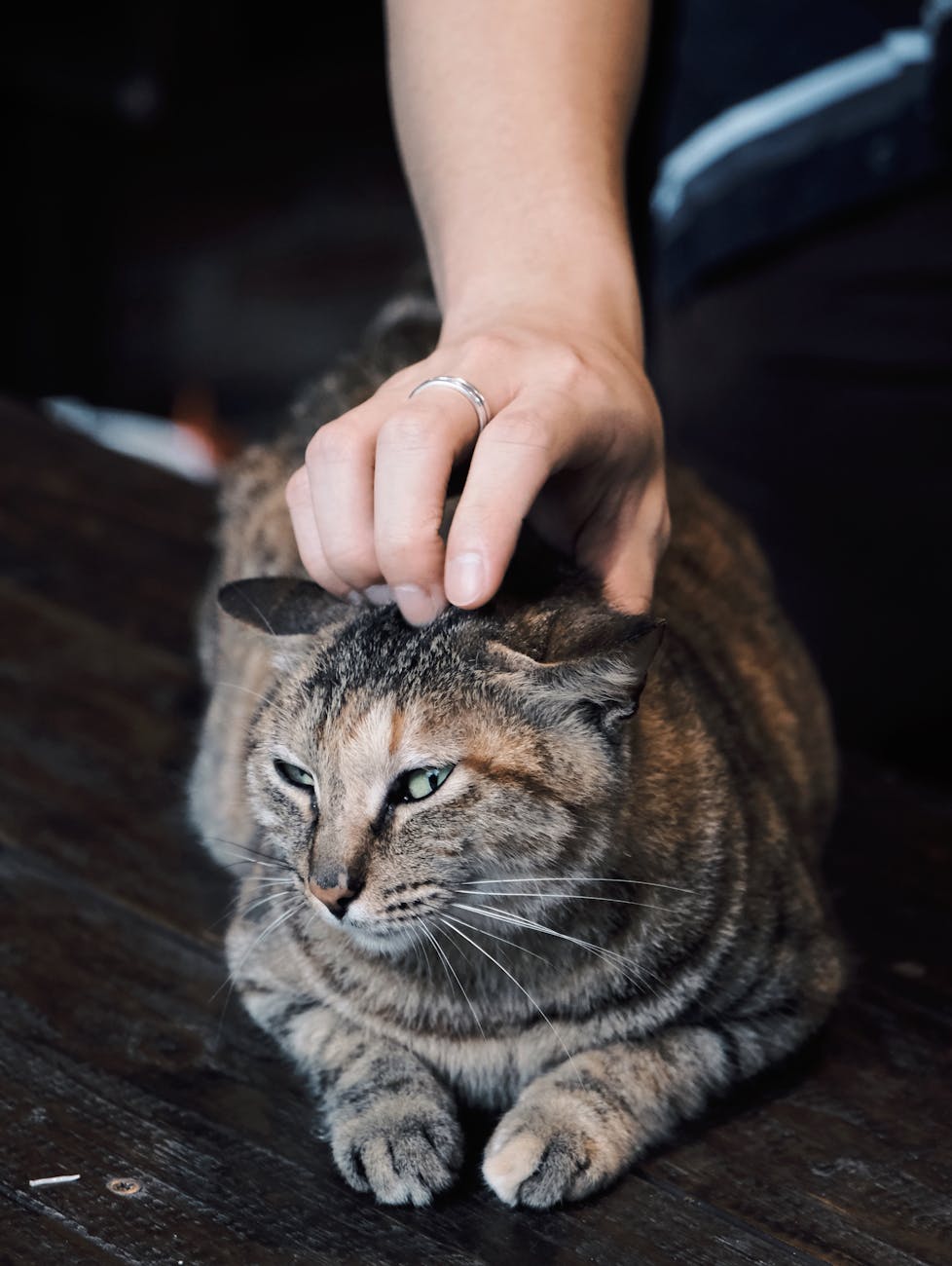
How to Foster a Strong Bond with Your Cat
Cats are fascinating companions, each with their own unique personality and quirks. Building a strong bond with your feline friend requires patience, understanding, and a touch of feline psychology.
Understanding Your Cat’s Needs
To develop a strong relationship with your cat, it’s crucial to understand their needs and behaviors. Cats are not just miniature dogs; they have their own ways of expressing affection and seeking comfort. According to Dr. William Parker, an expert in animal behavior, cats view their human companions as larger, friendly cats rather than different species. This perspective can help you approach your relationship with your cat on their terms.
Recognizing Body Language
Cats communicate a lot through their body language. A cat’s tail, ears, and eyes can provide insights into their mood and comfort level. For example, a raised tail often indicates a happy cat, while flattened ears may signal anxiety or aggression. Observing these signals can help you respond appropriately and build trust.
Engaging Through Play
Playtime is essential for bonding. It not only provides physical exercise but also strengthens the emotional connection. Use toys that mimic prey behavior, such as feather wands or laser pointers, to engage your cat’s hunting instincts. Regular interactive play sessions can significantly enhance your bond.
Providing a Safe Environment
Cats thrive in environments where they feel safe and secure. Make sure your home has plenty of hiding spots and vertical spaces like cat trees or shelves. This environment allows them to explore and retreat as needed, boosting their confidence and comfort level.
Respecting Personal Space
Unlike dogs, cats often require more personal space. Respecting their need for solitude can lead to a more trusting relationship. Allow your cat to approach you on their own terms rather than forcing interactions.
Consistency in Care
Routine is comforting for cats. Regular feeding times, grooming, and play sessions help them feel secure. Consistency in your interactions and care also builds trust over time.
Building Trust Over Time
Patience is key when fostering a bond with your cat. Some cats may take longer to warm up than others. Celebrate small milestones and remember that every cat is different.
Table: Common Cat Behaviors and Their Meanings
| Behavior | Meaning |
|---|---|
| Purring | Contentment or self-soothing |
| Kneading | Comfort or affection |
| Slow blinking | Trust and affection |
| Hissing | Fear or discomfort |
| Grooming you | Bonding |
| Headbutting | Affection and marking you as ‘safe’ |
| Chirping | Excitement or calling for attention |
| Ignoring | Seeking independence or space |
Frequently Asked Questions
How can I tell if my cat trusts me?
Signs of trust include your cat sleeping near you, slow blinking, and seeking your attention or affection.
Why does my cat ignore me sometimes?
Cats are independent creatures and sometimes need space. Ignoring is a normal behavior and not a sign of dislike.
What should I do if my cat is aggressive?
Aggression can be a sign of fear or discomfort. Consult a veterinarian or a cat behaviorist to address underlying issues.
Conclusion
Fostering a strong bond with your cat is a rewarding journey that requires understanding, patience, and respect. By recognizing their unique behaviors and needs, and providing a safe and engaging environment, you can cultivate a lasting and affectionate relationship. Take the time to appreciate the small steps and celebrate the unique bond you share with your feline friend.


